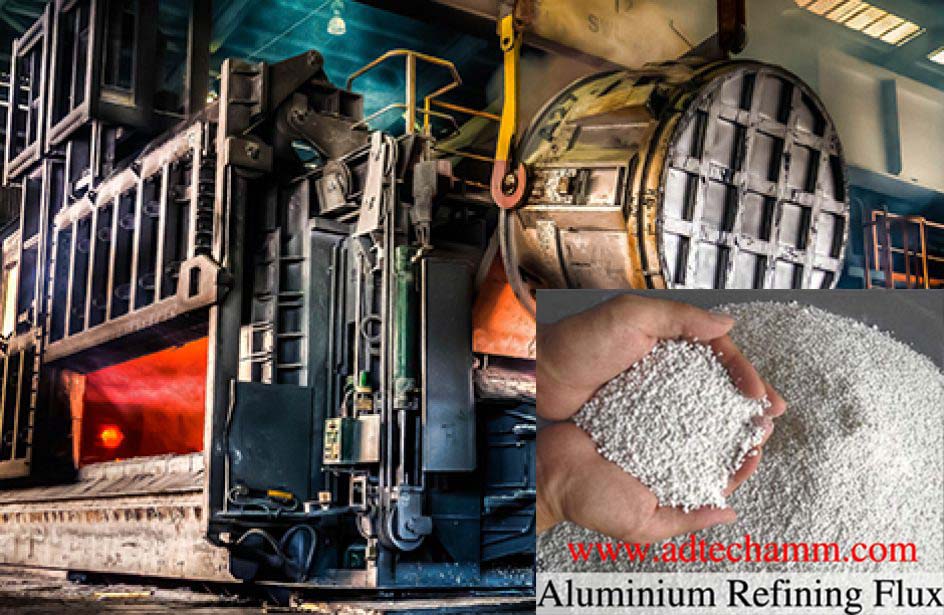
18 8月 Al Alloy Refine Fluxes
Al Alloy Refine Fluxes is used as a refining agent for degassing and slagging of aluminum metal during aluminum alloy casting.
AdTech’s refining agent uses unique technology.
It improves the traditional molten metal degassing and slag removal effects, and is used in the casting and rolling process of multiple series of aluminum alloy products: micron aluminum foil wool, printed PS board substrate, canned food, flexible packaging materials, rail transit In the process of casting aluminum alloy raw materials (such as aerospace products and cables), the degassing of molten metal and the purity of slag are purified.

The molten flux is powdered particles.
It is a special refined dust collector, sprayed by carrier gas (nitrogen or argon) to the bottom of the molten pool, thereby forming a large number of bubbles in the aluminum liquid.
The bubbles float upward from the bottom.
The medium is in full contact with the molten metal, and the gases and inclusions in the molten aluminum are brought to the surface of the molten aluminum through physical and chemical effects, and the purpose of degassing and slag removal is achieved at the same time. After a large number of applications, the refining Flux has been proved to be pure aluminum.
The degassing and slagging effect of aluminum alloy is remarkable.
Advantages of Al Alloy Refine Fluxes
The agent has low oxygen content, good fluidity, can effectively remove gas and slag, produces less smoke and dust, can maintain a good working environment, and reduce the labor intensity of workers.
Description of Al Alloy Refine Fluxes
Put the powder concentrate into the powder sprayer, spray it into the molten aluminum through the air outlet pipe, make the outlet pipe as close as possible to the bottom of the molten pool, and drag the air pipe back and forth to fully contact the refined preparation and the molten aluminum to achieve refining.
During the refining operation, the operator can freely control the flow of carrier gas and refining agent through the barometer and the number of revolutions of the powder feeder, thereby controlling the tumbling degree of the molten aluminum and minimizing secondary pollution.


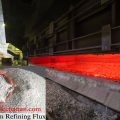
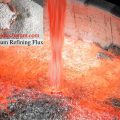
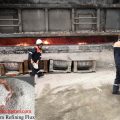
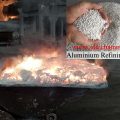
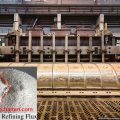
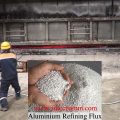
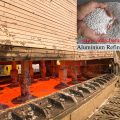
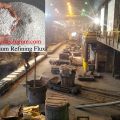
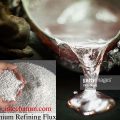
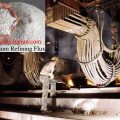
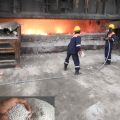

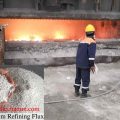
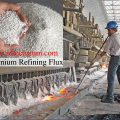
Sorry, the comment form is closed at this time.